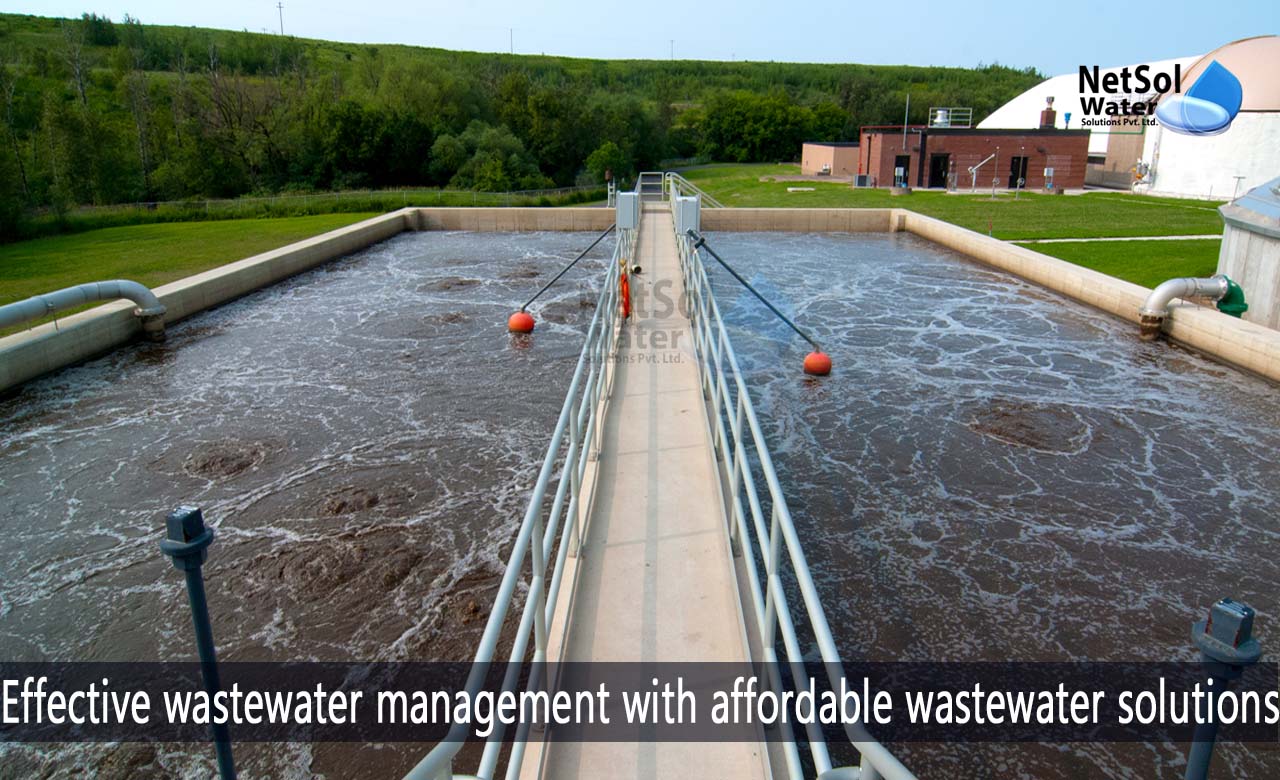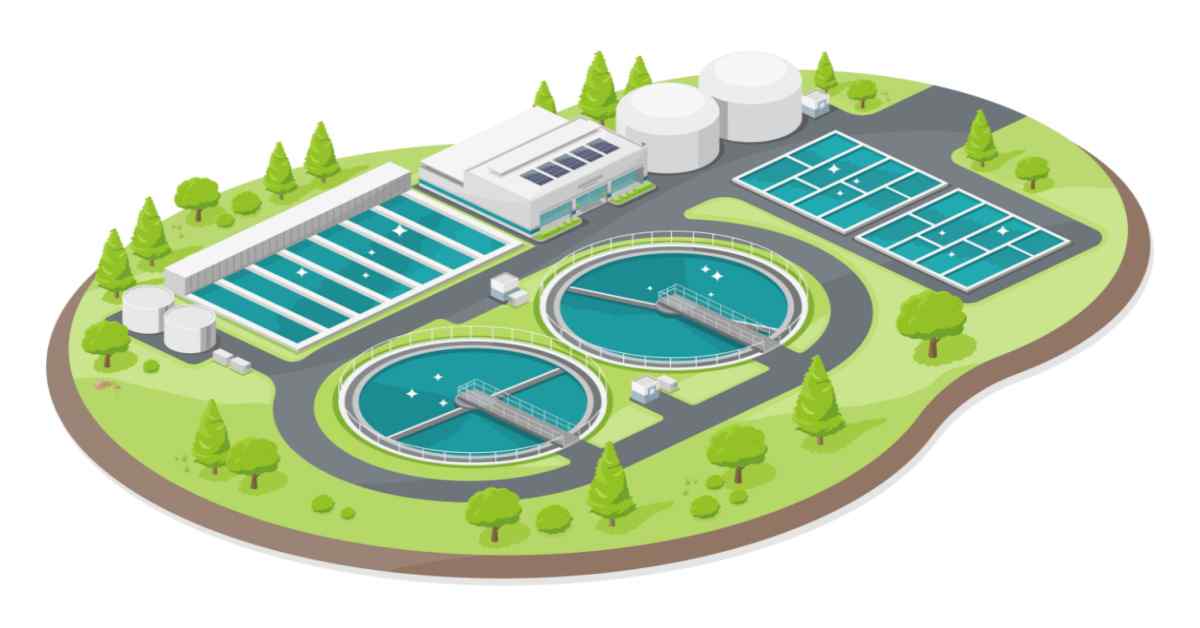Ensuring Safe Water through Efficient Wastewater Solutions
Ensuring Safe Water through Efficient Wastewater Solutions
Blog Article
Understanding Wastewater Treatment Processes and Their Ecological Influence
The details of wastewater treatment procedures play a pivotal function in mitigating ecological difficulties connected with water air pollution. Each stage, from initial to innovative treatments, is developed to resolve details impurities, inevitably safeguarding both public health and aquatic communities.
Introduction of Wastewater Therapy
Just how is wastewater changed into a safe resource for the environment? Wastewater therapy is a critical process developed to eliminate contaminants from used water, thus securing public health and protecting environments. This procedure starts with the collection of wastewater from household, commercial, and commercial resources, which is then directed to treatment centers.
At these facilities, various physical, chemical, and organic methods are used to treat the wastewater. First screening gets rid of large particles, complied with by sedimentation to separate much heavier solids. Ultimately, biological treatments, such as turned on sludge procedures, utilize microbes to break down natural issue. These techniques not just lower pollutant levels but likewise promote the recovery of useful nutrients.
The treated effluent can be securely released right into all-natural water bodies or recycled for watering and industrial objectives, advertising source preservation. Additionally, the treatment process creates biosolids, which can be repurposed as plant foods or dirt changes, further enhancing sustainability.
Stages of Treatment Processes
The wastewater therapy procedure generally consists of 3 primary stages: preliminary, key, and additional treatment. Each phase serves a distinct role in minimizing the contaminant load and making sure the effluent satisfies environmental requirements prior to discharge.
The primary treatment phase focuses on the physical separation of suspended solids from the wastewater. With sedimentation, larger particles resolve at the end of sedimentation storage tanks, developing sludge, while lighter products, such as oils and greases, float to the surface area and are skimmed off. This process substantially decreases the organic and not natural lots in the wastewater.
Additional therapy is a biological procedure aimed at additional reducing the focus of raw material. Different techniques, including turned on sludge systems and dripping filters, make use of microbes to metabolize natural pollutants. This phase is essential for achieving the essential biochemical oxygen demand (BODY) decrease, ultimately causing cleaner effluent ready for discharge or further therapy. Each phase is critical in guarding ecological and public health.

Advanced Therapy Technologies
Following the additional therapy procedures, advanced treatment modern technologies play a vital function in additional improving the top quality of dealt with wastewater. These modern technologies are developed to remove residual impurities that are not properly removed during key and second treatments, making certain the effluent fulfills rigorous governing criteria.
Among the widely utilized advanced therapy techniques are membrane filtration, reverse osmosis, and progressed oxidation processes. Membrane layer purification, including microfiltration and ultrafiltration, works in separating great fragments, pathogens, and colloids from the water (Wastewater). Reverse osmosis makes use of semi-permeable membrane layers to eliminate liquified solids, causing premium water appropriate for various applications
Advanced oxidation procedures (AOPs) use strong oxidants to weaken organic pollutants, including pharmaceuticals and individual treatment products that are immune to standard therapy. These approaches enhance the biodegradability of intricate More Info substances, facilitating their removal.
Another significant technology is making use of biological nutrient elimination procedures, which particularly target nitrogen and phosphorus, stopping eutrophication in receiving water bodies. On the whole, sophisticated therapy innovations are vital for achieving higher degrees of filtration, advertising water reuse, and safeguarding public health and wellness while addressing the difficulties linked with wastewater management.
Ecological Benefits of Treatment
Numerous environmental benefits occur from effective wastewater treatment procedures that add to ecosystem health and sustainability. Mostly, these processes considerably lower the launch of harmful contaminants right into all-natural water bodies, which aids keep water communities. By removing impurities such as heavy Learn More metals, nutrients, and microorganisms, dealt with wastewater minimizes the danger of waterborne diseases and promotes biodiversity in marine environments.
Additionally, wastewater therapy facilities commonly utilize advanced modern technologies that make it possible for water recycling and reuse. This practice not just preserves freshwater resources but likewise reduces the need on natural water supplies. Enhanced nutrient removal from wastewater can also prevent eutrophication, a process that brings about algal blossoms and succeeding oxygen deficiency in water systems.
Furthermore, effective treatment procedures can reduce greenhouse gas emissions, especially methane and nitrous oxide, which are usually launched during without treatment wastewater decay. By capturing and making use of biogas from anaerobic digesters, facilities can transform waste right into renewable resource, thereby contributing to a reduction in fossil fuel reliance.
Difficulties and Future Fads
While the environmental benefits of wastewater therapy are clear, numerous difficulties persist that impede optimal results in this field. One significant concern is aging infrastructure, which frequently results in inadequacies and enhanced functional expenses - Wastewater. Many therapy plants were developed years back, and their abilities do not straighten with modern-day demands, which consist of stricter regulatory criteria and higher volumes of wastewater because of urbanization

Looking ahead, there is an expanding focus on resource healing and circular economic situation concepts within wastewater therapy. Advancements such as anaerobic food digestion, which can create biogas, and progressed purification innovations are getting traction. These techniques not only enhance therapy effectiveness yet also promote sustainability.
Eventually, dealing with these challenges needs collaboration amongst stakeholders, investment in innovation, and a dedication to continuous study. By accepting these patterns, the wastewater therapy sector can progress to satisfy the demands of an altering atmosphere and society.
Conclusion
In verdict, wastewater therapy processes play an essential function in enhancing ecological quality and public wellness. The multi-stage therapy framework, combined with innovative innovations, effectively mitigates pollution and promotes lasting water monitoring. By resolving recurring impurities and minimizing vitamins and mineral runoff, these procedures contribute to the preservation of water environments and the reduction of greenhouse gas emissions. Proceeded developments and adjustments in treatment approaches will be vital for getting over arising obstacles and making certain the sustainability of natural sources (Wastewater).
Report this page